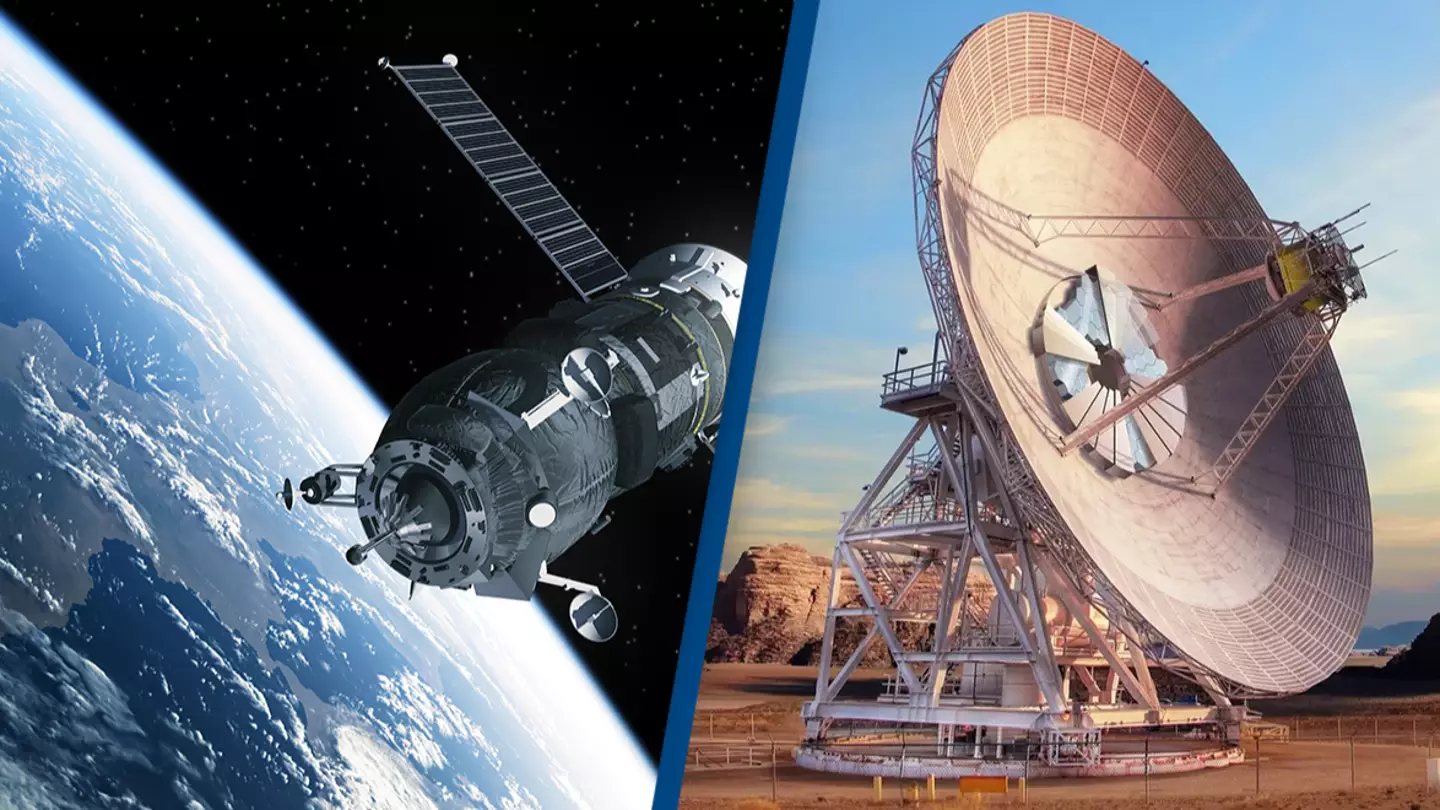
NASA have been receiving radio and laser messages from deep space.
Over the past few months, the US space agency have been using its Psyche spacecraft to test a new communication system.
The probe's main objective is to visit an asteroid of the same name, but has been sending laser messages back to Earth in the meantime.
Advert
This is being done through Deep Space Optical Communications, which a near-infrared laser sends messages back to Earth.
It was first tested in November when a laser signal was detected from 10 million miles away.
Among the messages sent was a cat video - because who doesn't love a cat video?

The advantage of DSOC over radio is that better bandwidth speeds mean that data can be received quicker.
Advert
But due to some technological challenges, NASA researchers are considering a combination of radio and laser to be the best option.
The latest test received data from twice as far as the previous test, from 32 million kilometers (20 million miles).
On January 1, they downloaded a picture of the Psyche team at a rate of 15.63 megabits per second - 40 times faster than standard radio frequency.
In a statement, Amy Smith, NASA'S Deep Space Network Deputy manager at the Jet Propulsion Laboratory, said: "Our hybrid antenna has been able to successfully and reliably lock onto and track the DSOC downlink since shortly after the tech demo launched.
Advert
"It also received Psyche’s radio frequency signal, so we have demonstrated synchronous radio and optical frequency deep space communications for the first time."

A small device made up of seven hexagonal mirror was fitted onto the existing antenna.
"It’s a high-tolerance optical system built on a 34-meter [112-foot] flexible structure,” said Barzia Tehrani, communications ground systems deputy manager and delivery manager for the hybrid antenna at JPL.
Advert
"We use a system of mirrors, precise sensors, and cameras to actively align and direct laser from deep space into a fiber reaching the detector."
The hope is that NASA will be able to track Psyche when it is 2.5 times the distance Earth is from the Sun.
"For decades, we have been adding new radio frequencies to the DSN’s giant antennas located around the globe, so the most feasible next step is to include optical frequencies," said Tehrani.
"We can have one asset doing two things at the same time; converting our communication roads into highways and saving time, money, and resources."
Topics: NASA, Science, Space, Technology
